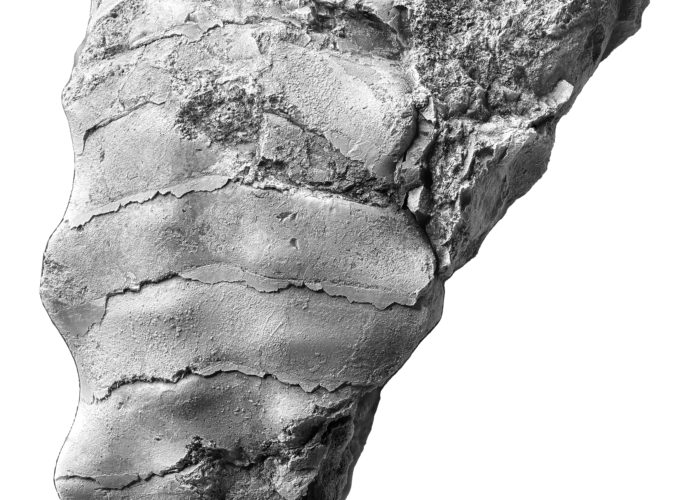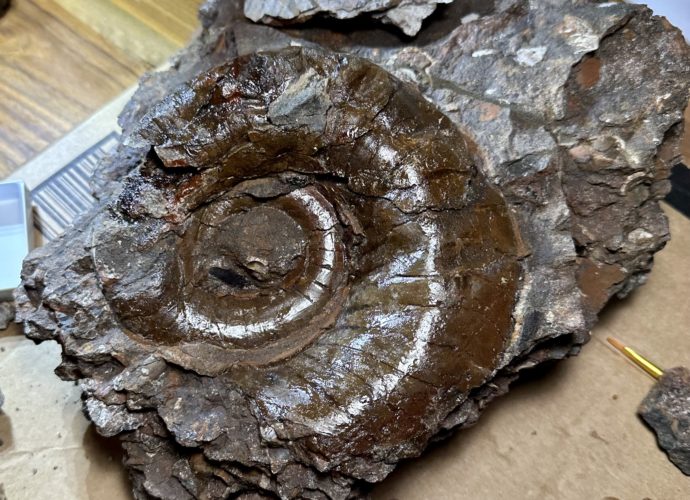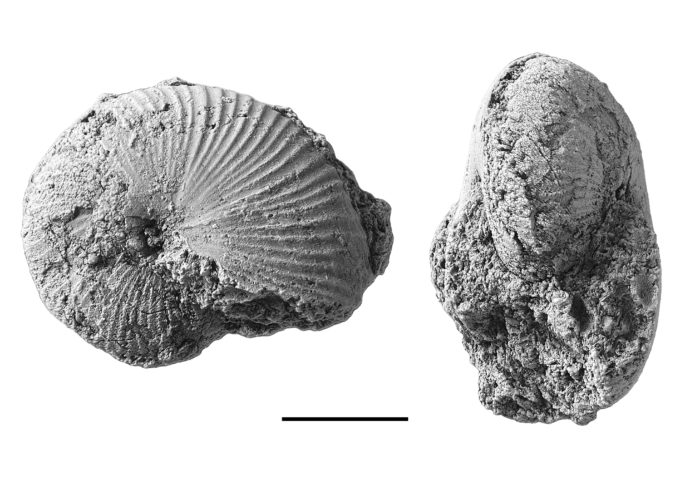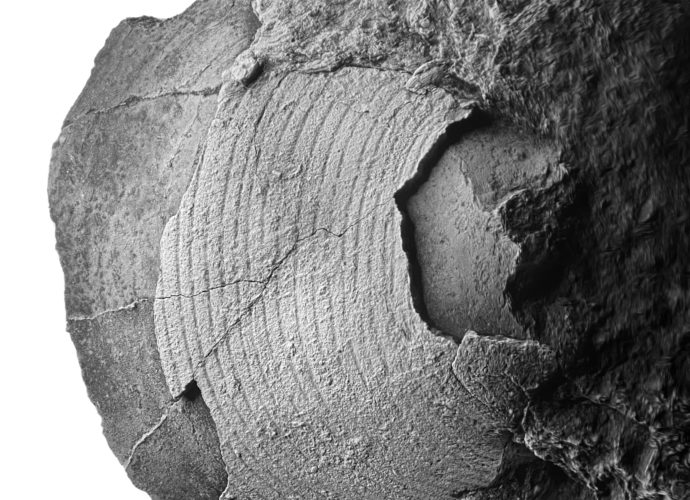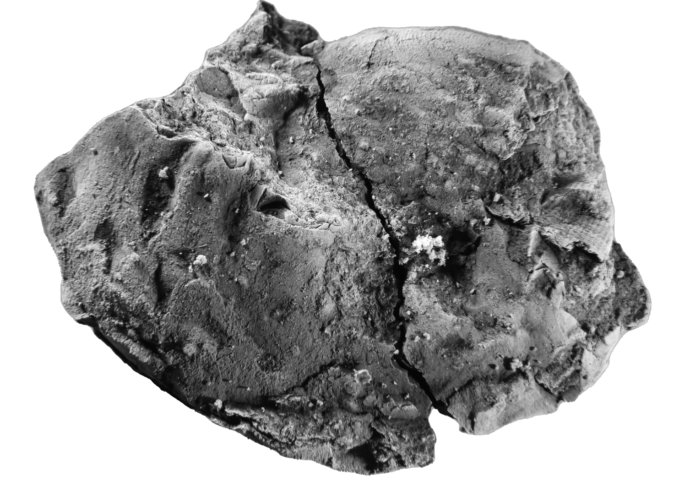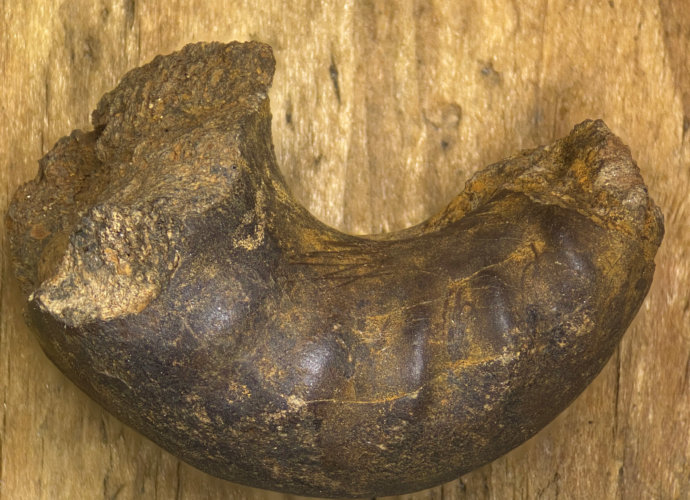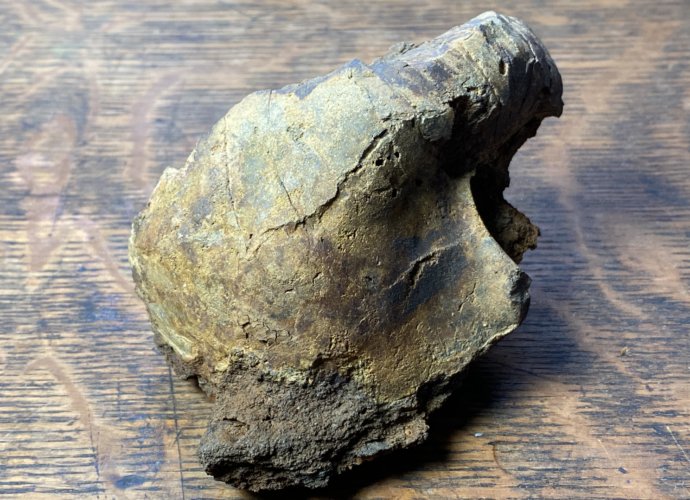Schistoceras, a Goniatitid from the Portersville Limestone (Kasimovian)
This is a short post to report specimens of Schistoceras from the Portersville Limestone in nearby West Virginia. The 1997 volume Pennsylvanian Cephalopods of Ohio reported only 21 total nautiloid cephalopod specimens from the Portersville Limestone in their study area and no specimens of Schistoceras. There were 276 ammonoids inRead More →


